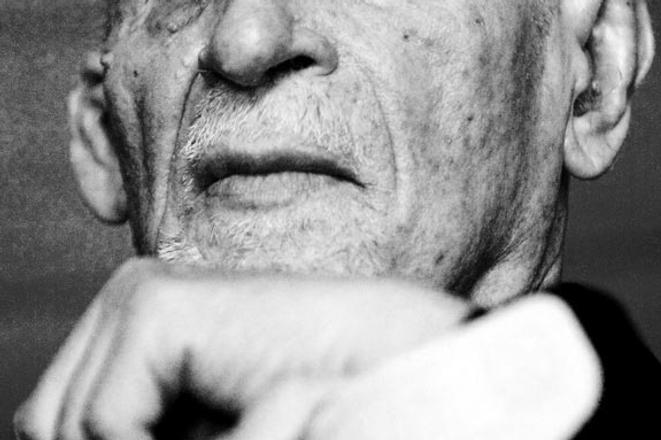SWEDEN uses its international reputation for design, film, and music to put together a number of cultural events in Slovakia.“We recently organised an exhibition with 17 Swedish female designers that was very well received,” Anders Lindgren, the First Secretary of the Swedish Embassy, told The Slovak Spectator. “It showcased not only Swedish design, but also put an emphasis on the large role women have played in the development of Swedish design throughout the years and to today.”
The travelling exhibition, 17 Swedish Designers, which ran from mid-December 2007 to mid-January 2008 in Bratislava, was based on a book of the same name. Like the book, the exhibition presented 17 talented Swedish women designers, all born between 1960 and 1970, via a selection of their work – everything from industrial products to unique objects. The featured women displayed impressive versatility, a fearless desire to experiment, as well as a determination and commitment to transform their visions into reality, according to a press release about the exhibition.
“Swedish female designers have a special sense for selecting material and not putting too much design in it,” Sara Szyber, an interior and furniture designer and the exhibition’s curator, wrote in the press release. “Design itself always has a distinctive orientation and often uses fine and playful details that strengthen the function of the item.”
Film is another export of Scandinavian culture that is popular in Slovakia.
Together with the Danish, Finnish and Norwegian embassies, the Swedish Embassy organises a Nordic film festival in Bratislava. Its second year took place at the Mladosť cinema between April 25 and 27. While last year the festival featured crime and detective films under the title Crime In the North, this year’s festival was entitled Laughter In the North, and profiled comedies.
The programme included Swedish films New Country and Miffo, along with the acclaimed Norwegian film The Art of Negative Thinking, among others.
“We are trying to make it an annual event,” Lindgren told The Slovak Spectator. A similar festival is in its 15th year in Vienna.
Of the most recent artistic presentations Lindgren also highlighted Swedish artists’ participation in the 13th Sculpture and Object exhibition. Works by Swedish artists Britt Ignell, Gunnar Carl Nilsson and Agneta Stening are displayed in the contemporary sculpture exhibition’s Art without Frontiers section in the Dom Umenia (House of Art) at SNP Square.
Swedish literature is mostly available to Slovaks via translations. While Slovaks may not be able to name many Swedish writers, very few could imagine their childhood without Pippi Longstocking, a character created by Swedish author Astrid Lindgren.
Slovak authors are not unknown in Sweden either. Slovak poet Milan Rúfus, nominated several times for the Nobel Prize in Literature, is very popular for his brief, striking verses that embody his embrace of human values.
On July 1, the Association of Friends of Milan Rúfus in Sweden, the Bratislava-based Centre for Information on Literature, and the Slovak Embassy to Sweden organised a ceremony in Stockholm dedicated to Rúfus’s poetry and his 80th birthday, which the poet will celebrate in December.
Among the guests present at the celebration was Tomas Tranström, a renowned poet and Rúfus’s personal friend.



 Milan Rúfus (source: Sme - Vladimír Šimíček)
Milan Rúfus (source: Sme - Vladimír Šimíček)